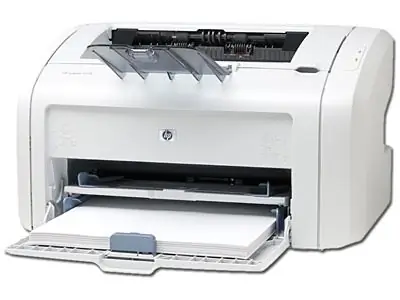Sooner or later, you need to connect certain devices to each computer. Connecting devices can be both permanent (for the purpose of upgrading a computer) and temporary (for solving current problems using peripheral devices. In all cases, connecting a new device has its own characteristics.

Instructions
Step 1
Connect your device to your computer. The connection can be carried out using the USB interface, PCI slot, and also in other ways. The operating system of the computer must recognize the new device and issue a system message informing about the readiness of this device to work with the computer. If a device does not have a Plug and Play function, as well as if there are no drivers for this device in the system by default, then it will not work until the appropriate software is installed.
Step 2
If the device requires driver installation, install it. In most cases, drivers are supplied with devices on CD-ROMs (less often on flash cards). Driver installation can be done both automatically and manually. To install the driver automatically, use the Found New Hardware Wizard. Immediately after starting the "Wizard" insert the CD with the driver into your computer. It should automatically detect itself and start on its own.
Step 3
After installing the driver and restarting the computer, check the device for conflicts with the operating system. To do this, go to the "Start" menu and right-click on the "My Computer" button. Select "Properties" and go to the "Hardware" tab. Then open Device Manager, which lists all the hardware installed on your computer. Find the newly added device in the list and make sure that it is correctly compatible with the operating system (there should be no question marks in front of the device name).






